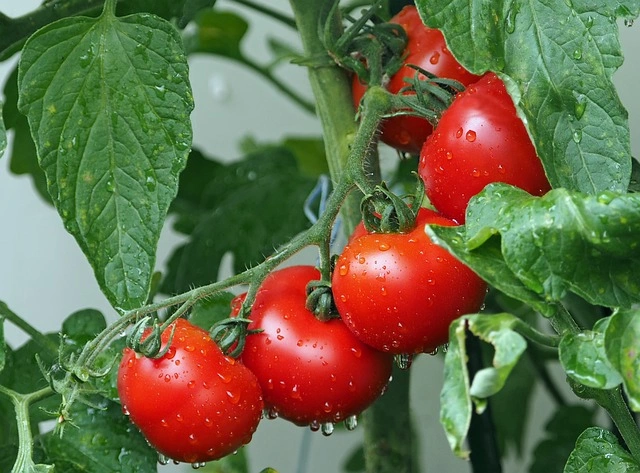NASA’s cutting-edge artificial intelligence technology is revolutionizing agriculture in Hawai’i by helping local farmers recover from wildfire damage and boost crop productivity. Using advanced satellite imagery and machine learning algorithms, NASA’s new initiative provides detailed maps of farm conditions that enable farmers to make data-driven decisions about soil restoration, water usage, and crop management.
Transforming Farm Mapping with AI
Recent wildfires have left significant impacts on Hawai’i’s farmlands, prompting NASA scientists to deploy their AI-powered mapping system. This technology processes high-resolution satellite images to identify areas where vegetation remains healthy or shows potential for rapid recovery. By analyzing years of Earth observation data, the system can detect subtle changes in soil moisture, plant stress, and land degradation with up to 90% accuracy. These insights allow farmers to:
- Pinpoint Recovery Zones: Quickly identify sections of their land that are most viable for replanting.
- Optimize Resource Use: Allocate water and fertilizers more efficiently to areas that need it most.
- Enhance Crop Yields: Implement targeted interventions that can potentially increase yields by 10–15%.
Data-Driven Decisions for Post-Wildfire Recovery
Local farmers have already begun reaping the benefits of this collaboration. By integrating NASA’s AI-derived maps into their planning, farmers can assess damage immediately after wildfire events and implement recovery strategies tailored to the specific needs of each field. For instance, early adopters report that the technology has reduced the time needed to plan remediation efforts by nearly 40%, ensuring faster turnaround from damage assessment to replanting.
A representative from the Hawai’i Agricultural Association noted,
“The AI-driven maps have provided us with unprecedented clarity about our land’s condition. This means we’re not just guessing—we’re making informed decisions that directly translate into better yields and more resilient farming practices.”
Benefits Beyond Wildfire Recovery
While the immediate focus is on post-wildfire recovery, the long-term potential of NASA’s AI farm mapping technology is immense. Farmers can use these tools to monitor seasonal crop performance, detect early signs of pest infestations, and even forecast yield variations based on historical data trends. This level of precision agriculture empowers Hawai’i’s farming community to not only rebuild but also expand their operations sustainably.
Key advantages include:
- Real-Time Monitoring: Continuous updates on crop health and soil conditions.
- Predictive Analytics: Forecasting tools that help farmers plan for future planting cycles.
- Resource Efficiency: Reduced wastage of water, fertilizers, and labor through targeted interventions.
A Future of Resilient Agriculture in Hawai’i
NASA’s initiative represents a pioneering step towards integrating space-age technology with traditional farming practices. As wildfires and climate-related challenges become more frequent, such innovations offer a lifeline to farmers striving to secure food production in Hawai’i. The collaboration between NASA and the Hawai’i farming community is not only about recovering from disaster—it’s about building a more resilient, sustainable future for agriculture.
By harnessing the power of artificial intelligence, Hawai’i’s farmers are set to transform their fields into models of efficiency and sustainability, ensuring that the islands continue to produce more food with less resource input.
For more insights on how technology is reshaping agriculture, stay tuned to our updates and explore the latest innovations in precision farming(www.agriequipzone.com).

